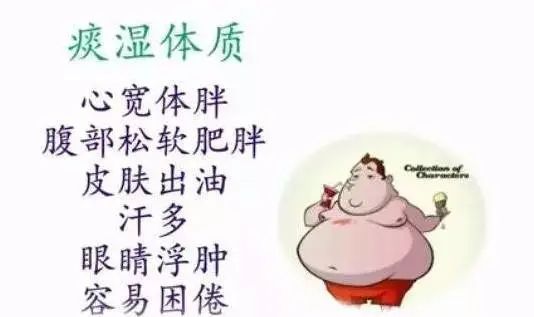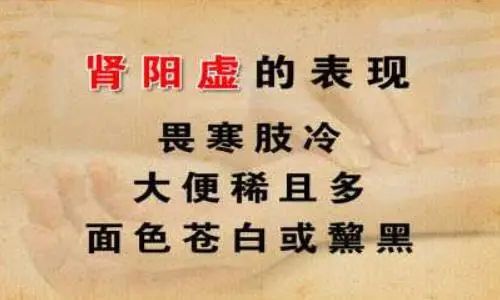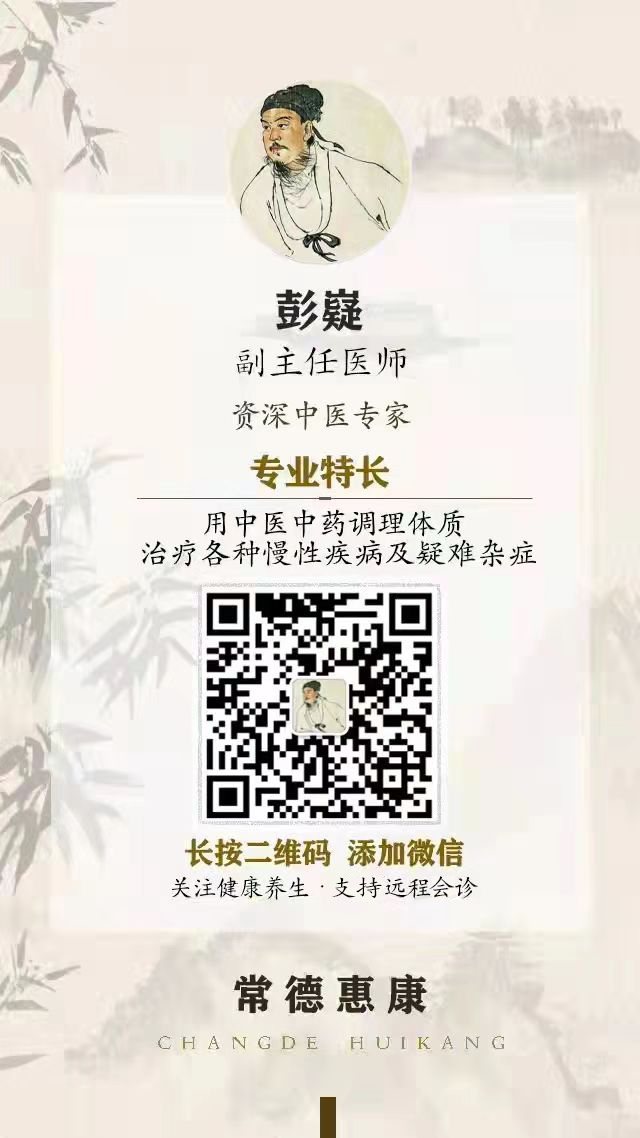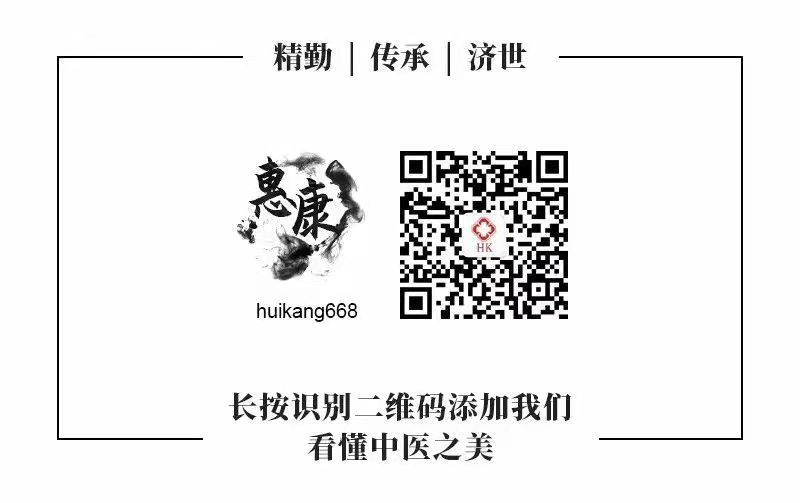
When it comes to phlegm-dampness, there is a saying in Traditional Chinese Medicine (TCM): “Stubborn phlegm causes strange diseases.” The evil of phlegm-dampness can travel throughout the body with our Qi (气) mechanism, reaching every corner.
Another saying in TCM is: “All diseases are caused by phlegm.” Phlegm-dampness can move with the flow of Qi in our body, affecting the mind, reaching down to the ankles, affecting the skin externally, and penetrating the organs internally, with no place untouched.

If phlegm-dampness stagnates in the heart, it will manifest as symptoms of obstructed heart vessels, such as chest tightness, chest pain, palpitations, and anxiety, which may worsen on rainy days. The tongue coating is often white and greasy or white and smooth. At this time, we should treat by warming the heart Yang (阳), transforming phlegm, and dispersing nodules, using Guo Lou Xie Bai Ban Xia Tang (瓜蒌薤白半夏汤) for clinical adjustments.
If phlegm-dampness stagnates in the lungs, it will affect the lung’s ability to disseminate and descend, leading to symptoms such as wheezing, coughing with copious phlegm, and dry skin. Upon examining the tongue, the tip may appear sunken.
In such cases, we need to treat by disseminating the lungs and transforming phlegm. If the phlegm is white, we can use Liu Jun Zi Tang (六君子汤) for clinical adjustments; if it is yellow, we can add Xian Zhu Li (鲜竹沥) to Liu Jun Zi Tang or use Qing Fei Hua Tan Tang (清肺化痰汤) for clinical adjustments.

If phlegm-dampness stagnates in the stomach, symptoms may include dry heaving, a sticky sensation in the throat, abdominal distension, and a feeling of fullness in the stomach after meals, along with a greasy tongue coating and tooth marks on the tongue, with cracks in the middle.
In this situation, we should treat by drying dampness and transforming phlegm, using Ping Wei San (平胃散) combined with Er Chen Tang (二陈汤) for clinical adjustments.
As we all know, the spleen is the source of phlegm production, the lungs are the storage for phlegm, and the kidneys are the root of phlegm generation. If phlegm-dampness stagnates in the kidneys, it indicates a deficiency of kidney Yang, leading to symptoms of cold intolerance, a deep-seated cold sensation, even to the bones.

The kidneys are fundamental to the body’s fluid metabolism. When kidney Yang is deficient, fluid metabolism becomes disordered, leading to the accumulation of dampness and phlegm, resulting in symptoms such as frequent urination at night, cold pain in the lower back and knees, coughing up phlegm, and a white greasy tongue coating.
At this time, we need to treat by warming Yang, transforming Qi, dispelling dampness, and transforming phlegm, using Jin Gui Shen Qi Wan (金匮肾气丸) combined with Er Chen Tang for clinical adjustments.
If you have any questions, please feel free to consult, learn, and communicate.


Previous Highlights
1. Four Signals of Poor Liver Health
2. Sharing Several Common Methods to Eliminate Dampness
3. Common Causes of Insomnia and Their Adjustment Methods
4. What Are the Manifestations of Spleen and Kidney Yang Deficiency? How to Adjust?
5. A Red Tongue Can Indicate Where the Fire Is in Your Body?
6. A Persistent Dry Cough: What Is the Problem? How to Adjust and Treat?

